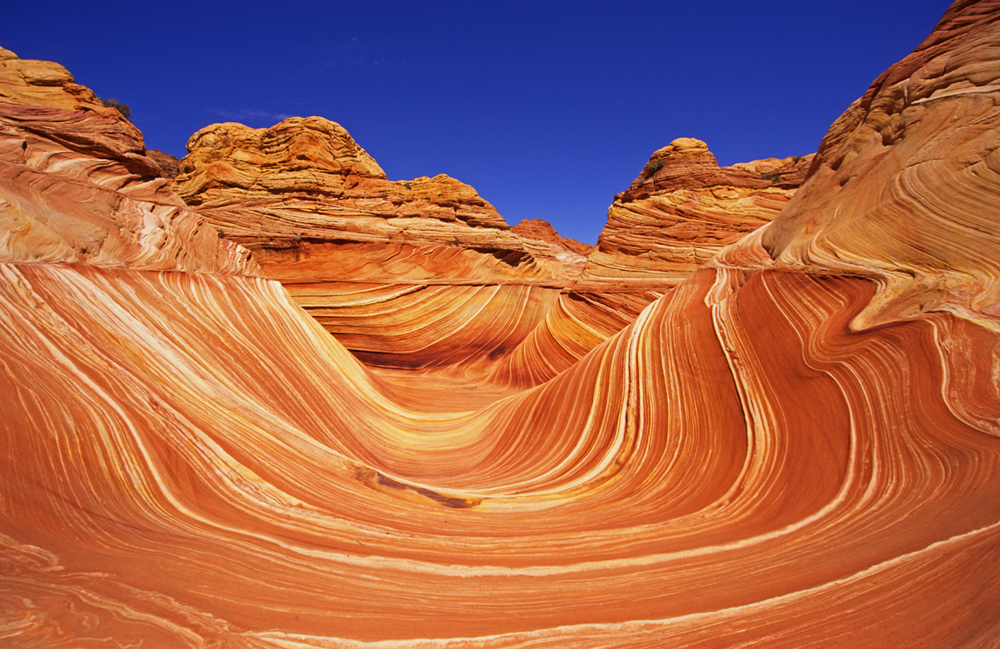
Fast on the heels of our last dispirited post—on the reported decrease in the number of Americans willing to venture outdoors, leaving behind the comforts of fridge, recliner and screen—came two stories that provide an interesting nuance to the discussion. And maybe a reinterpretation.
The first, from Colorado Public Radio, documents the strain placed on that state’s volunteer search and rescue groups. The estimated 50 teams, with 2800 volunteers, handle calls from lost, stranded, injured and otherwise needy outdoors people. The article is a bit thin on stats, although the president of the Colorado Search and Rescue Organization maintains his call load is going up at the same time that his crews are aging.
This alone might not contradict claims that outdoor participation is down; you could have fewer but more reckless people wandering in the woods. In fact, this seems entirely plausible.
Another article—this one an opinion piece in Idaho’s Moscow-Pullman Daily News on the pressures on U.S. wilderness areas—notes that the U.S. population has grown by 137 million since the Wilderness Act was passed in 1964. Add that the world population has doubled, and many of those new people have a little money and they want to see the world their parents couldn’t see; according to the Atlantic, worldwide international arrivals have soared from about “70 million as of 1960 to 1.4 billion today.” We can assume some—maybe many—are crowding the world’s wilderness areas, hiking the John Muir Trail, wandering on a vision quest through the desert Southwest, paddling through the Boundary Waters.
With that kind of population growth and the understandable desire to revel in nature, you see how even in the wildest places we can be camping cheek-by-jowl with other outdoorspeople.
Consider what’s been happening in the Paria Canyon-Vermillion Cliffs Wilderness that straddles the Arizona-Utah border. While the intrepid hiker will find multiple stunning vistas and landscapes and geological peculiarities in this region, the big draw is The Wave, an otherworldly swirl of striated orange sandstone. How big a draw? According to the Salt Lake City Tribune, in 2017 there were more than 160,000 applicants (twice as many as in 2012) for the Bureau of Land Management’s 7,300 permits. That’s 20 permits a day, although the BLM is considering an increase to 96 daily permits. Given that it takes a long hike to get there, you can assume many of those 100 will show up at the same time, which makes the wilderness seem a lot less wild.
To this add the swarms at Zion or Glacier National Parks. And you have a huge strain on those outdoor places despite the willingness of most Americans to stay home. And inside.
So maybe it’s a good thing that so many Americans choose to live, predominantly, in the digital cloud. I wouldn’t recommend it to a loved one, but the more the others—the ones I don’t care about—lose their appetite for nature, the longer nature remains, more or less unsullied, for the rest of us. This is an appalling sentiment but the alternative is worse.
Image: The Wave at Coyote Buttes, Paria Canyon-Vermillion Cliffs Wilderness, by Lonineau via Italian Wikipedia









